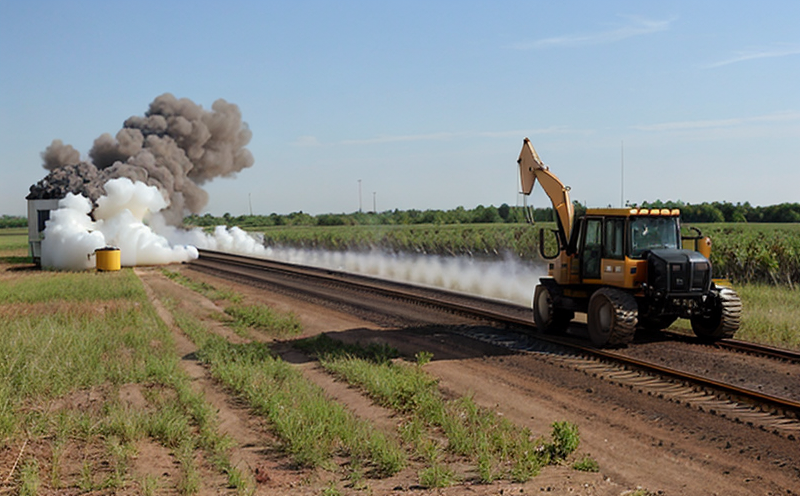BS EN ISO 4892-2 Weathering Resistance Testing of Furniture with Xenon Arc Lamps
The BS EN ISO 4892-2 standard is a globally recognized protocol for evaluating the resistance of materials to weathering. This testing method specifically aims at simulating environmental conditions that cause aging and degradation in materials used within various industries, including furniture manufacturing.
When it comes to furniture, this type of testing ensures durability against UV radiation, heat, moisture, and other elements that can lead to premature aging or breakdown. The Xenon arc lamp is a key component in this process because it closely replicates the spectrum and intensity of sunlight, providing a controlled environment for accelerated weathering tests.
The test involves exposing samples of furniture components—such as wood, fabric, paint finishes—to intense light from xenon arc lamps under specified conditions. These conditions are designed to mimic real-world exposure scenarios that could occur over several years or even decades in natural outdoor environments. By doing so, manufacturers can identify materials and processes that will withstand long-term use more effectively.
Understanding the results is crucial for quality assurance purposes; they help companies make informed decisions about product development, material selection, and production processes. For instance, if a particular type of wood or finish shows significant signs of degradation after testing, further investigation into its composition might be necessary to improve its durability.
This form of testing plays an essential role in the furniture industry by promoting innovation while ensuring products meet stringent quality standards set forth by international regulations. It allows manufacturers to anticipate potential issues early on and implement corrective measures before releasing products onto the market.
The process also supports sustainability efforts within the sector by encouraging the use of more resilient materials that can endure harsh environmental conditions without compromising aesthetic appeal or functionality.
Applied Standards
The BS EN ISO 4892-2 standard is widely adopted across industries for its comprehensive approach to weathering resistance testing. Here are some key standards relevant to this service:
- BS EN ISO 4892-1:2016 – General requirements and methods of test
- ASTM G151-18 – Standard practice for exposing nonmetallic materials in accelerated weathering devices using xenon arc lamps
- EN 4892-3:2020 – Environmental exposure of materials and products to natural weathering, other than solar radiation
These standards provide a framework for consistent testing procedures that ensure accurate results across different laboratories.
Why Choose This Test
- Accelerated Testing: Saves time by simulating years of weathering in just weeks or months.
- Predictive Results: Helps manufacturers predict how their products will perform under real-world conditions.
- Objective Data: Provides reliable data that supports informed decision-making during product development.
- Regulatory Compliance: Ensures adherence to international standards, which is crucial for export markets.
- Sustainability Focus: Encourages the use of environmentally friendly materials and practices throughout production cycles.
- Innovation Driver: Inspires continuous improvement in product design based on feedback from rigorous testing.
For quality managers, compliance officers, R&D engineers, and procurement professionals involved in furniture manufacturing, this test offers valuable insights into material performance, guiding strategic business decisions that enhance both product longevity and environmental responsibility.
Environmental and Sustainability Contributions
The BS EN ISO 4892-2 weathering resistance testing contributes significantly to the environmental sustainability of the furniture industry. By identifying materials capable of enduring challenging conditions, manufacturers can reduce waste by extending product lifespans and minimizing resource consumption.
This form of testing promotes the development of eco-friendly alternatives that not only meet performance standards but also contribute positively to global environmental goals. Additionally, it supports circular economy principles through better lifecycle management practices.
Through rigorous evaluation using xenon arc lamps, companies gain a deeper understanding of material behaviors under extreme conditions, enabling them to innovate and create more sustainable solutions for consumers worldwide.





